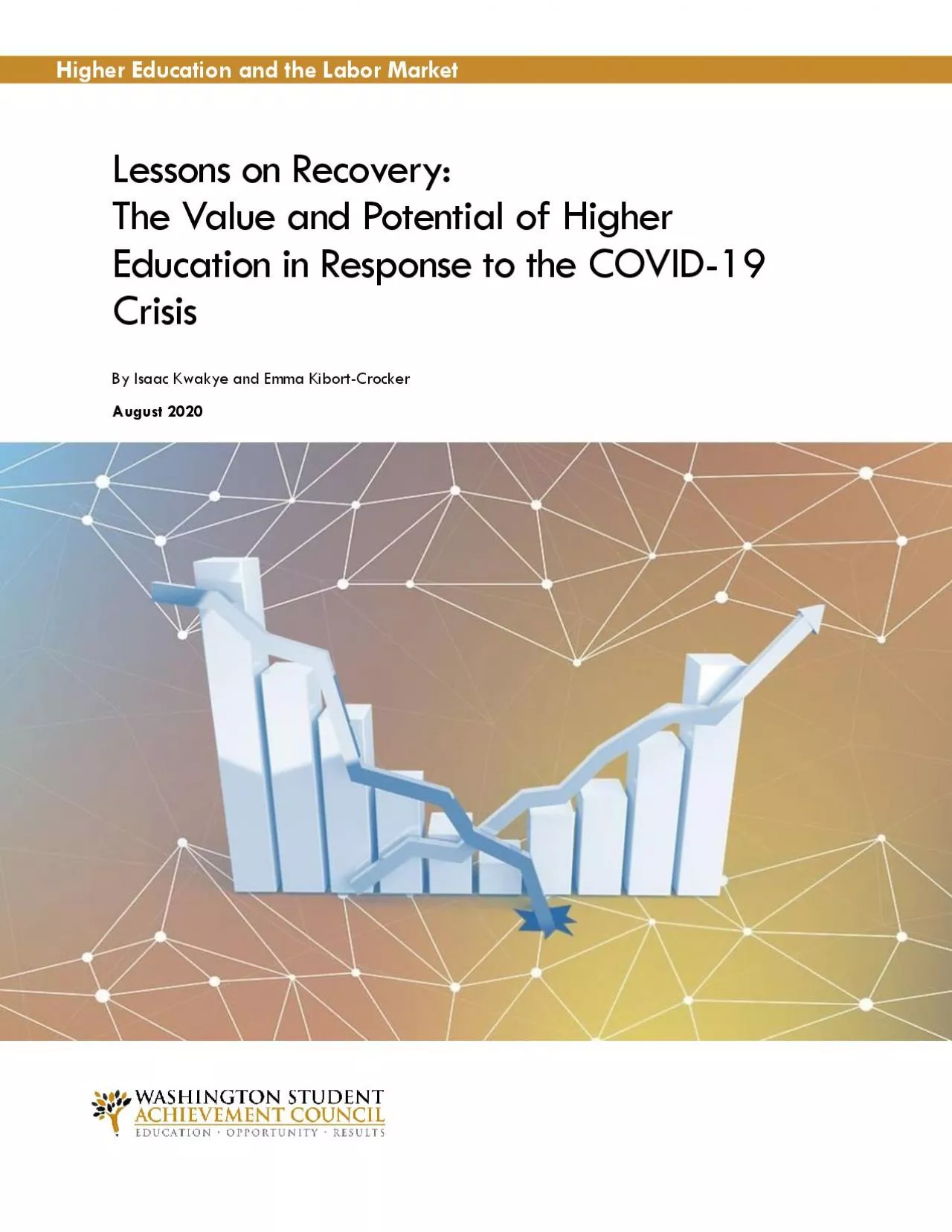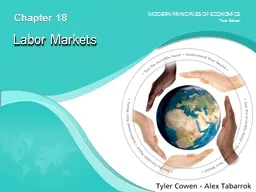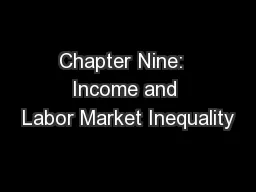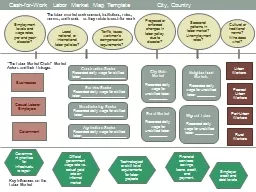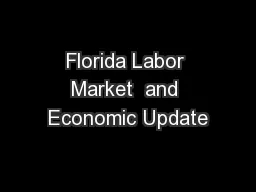PDF-Higher Education and the Labor Market
Author : jainy | Published Date : 2021-09-25
Lessons on Recovery The Value and Potential of Higher Education in Response to the COVID19 CrisisBy Isaac Kwakye and Emma KibortCrockerAugust2020Higher Education
Presentation Embed Code
Download Presentation
Download Presentation The PPT/PDF document "Higher Education and the Labor Market" is the property of its rightful owner. Permission is granted to download and print the materials on this website for personal, non-commercial use only, and to display it on your personal computer provided you do not modify the materials and that you retain all copyright notices contained in the materials. By downloading content from our website, you accept the terms of this agreement.
Higher Education and the Labor Market: Transcript
Download Rules Of Document
"Higher Education and the Labor Market"The content belongs to its owner. You may download and print it for personal use, without modification, and keep all copyright notices. By downloading, you agree to these terms.
Related Documents

